Kashmiri Red Chili: The Gentle Fire of Flavor – A Spicy Love Affair!
Spice lovers, gather 'round! We’re about to dive into one of the most misunderstood yet beautiful spices in the world — the Kashmiri red chili. Don’t let its vibrant color fool you; this isn't your average tongue-scorching spice. Instead, it's a mild-mannered hero that brings color, depth, and subtle heat to dishes like no other.
In this blog post, we’ll explore what makes Kashmiri red chili so special, how it compares to other chilies, tips for using it in your kitchen, and where to buy the best quality stuff. Whether you're a seasoned chef or just someone who enjoys cooking with flair, there’s something here for everyone.
Table of Contents
- What is Kashmiri Red Chili?
- Flavor Profile & Heat Level
- How to Use Kashmiri Red Chili Like a Pro
- Kashmiri Red Chili vs Other Popular Chilies
- Buying Guide: How to Choose the Best Kashmiri Red Chili
- Top 5 Recipes You Can Make with Kashmiri Chili
- Final Thoughts: Why You Should Keep This Spice in Your Pantry
What is Kashmiri Red Chili?
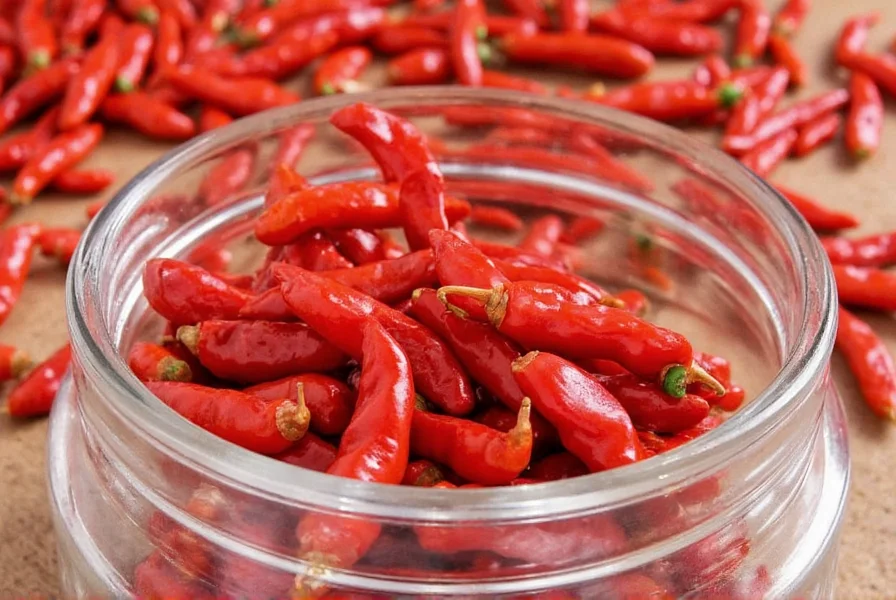
The Kashmiri red chili (Capsicum annuum), also known as Kashmiri lal mirch, originates from the picturesque valleys of Jammu and Kashmir in India. Known for its deep crimson hue, this chili is prized more for its rich color than its heat level. It’s commonly used in Indian and Kashmiri cuisine to add a gorgeous red tint to curries, stews, and marinades without overwhelming the palate with spice.
Grown at high altitudes and in cool climates, Kashmiri chilies are sun-dried and ground into a fine powder, making them a staple in kitchens across South Asia. Unlike many fiery chilies, this one delivers a gentle warmth with a slightly earthy and fruity undertone.
Flavor Profile & Heat Level
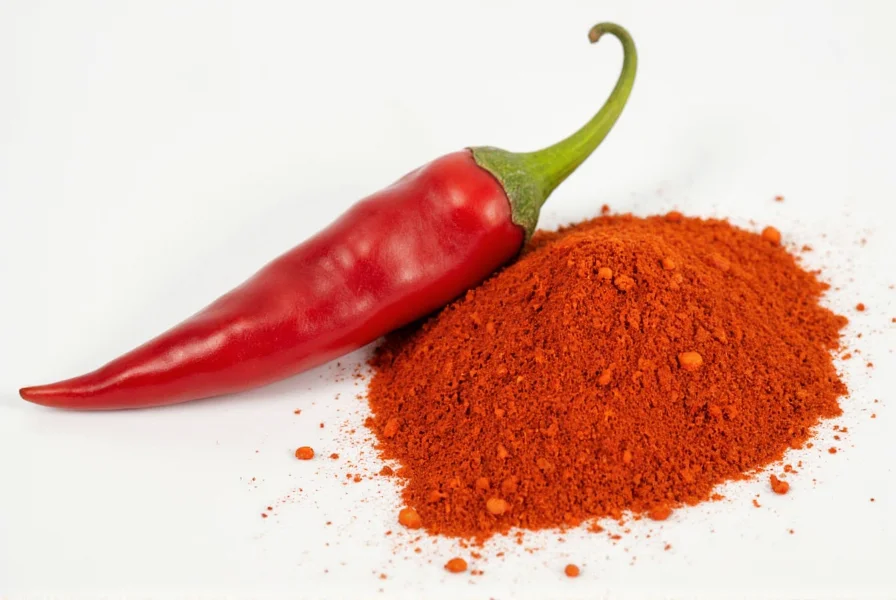
| Attribute | Description |
|---|---|
| Heat Level (Scoville) | 1,000–2,000 SHU |
| Flavor Notes | Fruity, earthy, mildly smoky |
| Aroma | Subtle and floral |
| Color Contribution | Vibrant red hue that enhances appearance of dishes |
One of the key reasons chefs love Kashmiri chili is its ability to enhance both flavor and visual appeal. Compared to jalapeños (which range from 2,500–8,000 SHU) or Thai bird chilies (~50,000–100,000 SHU), Kashmiri chilies bring just a whisper of heat, allowing their natural sweetness and vibrancy to shine through.
How to Use Kashmiri Red Chili Like a Pro
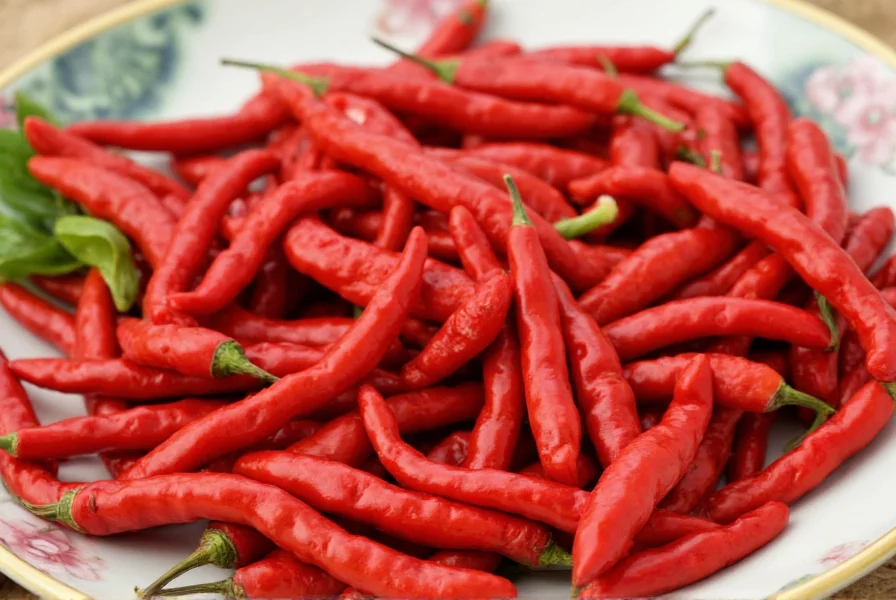
Whether you're making traditional Indian dishes or experimenting with fusion cuisine, here are some practical tips to get the most out of Kashmiri red chili:
- Better Than Paprika: Use Kashmiri chili instead of regular paprika for richer color and flavor in rice dishes, soups, and roasted vegetables.
- Mix with Garam Masala: Blend Kashmiri chili with garam masala or cumin to create custom spice blends for meat rubs or lentil dishes.
- Rub on Meats Before Grilling: Add a teaspoon of chili to yogurt-based marinades for tandoori chicken or kebabs. The color will be stunning, and the heat mild enough for all palates.
- Use in Pickling: Its vibrant color adds visual appeal to pickled onions, mangoes, or even eggs.
- Toasted for Depth: Lightly toast whole dried Kashmiri chilies before grinding to intensify their aroma and earthiness.
Kashmiri Red Chili vs Other Popular Chilies
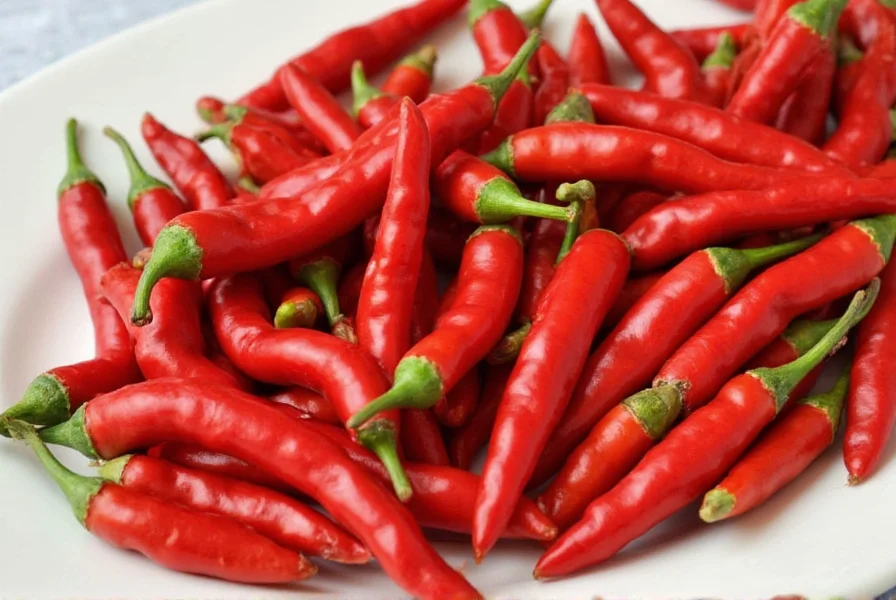
| Chili Type | Heat Level | Flavor Notes | Best Use Case |
|---|---|---|---|
| Kashmiri Red Chili | Mild (1,000–2,000 SHU) | Fruity, Earthy, Mild Smokiness | Curries, Rice Dishes, Marinades |
| Cayenne Pepper | Hot (30,000–50,000 SHU) | Sharp, Pungent | Soups, Hot Sauces, Meat Rubs |
| Paprika | Mild (0–500 SHU) | Earthy, Slightly Sweet | Stews, Rice, Vegetables |
| Guajillo Chili | Mild-Moderate (2,500–5,000 SHU) | Berries, Tea-like, Vinegary | Mexican Salsas, Mole |
| Ancho Chili | Mild (1,000–2,000 SHU) | Fruity, Raisin-like | Mexican Sauces, Stews |
If you’re looking for a versatile chili that can stand up to bold flavors while remaining easygoing on the heat scale, Kashmiri red chili is your new best friend. It’s especially great when you want to impress guests with a beautifully colored dish without scaring off those who prefer milder fare.
Buying Guide: How to Choose the Best Kashmiri Red Chili
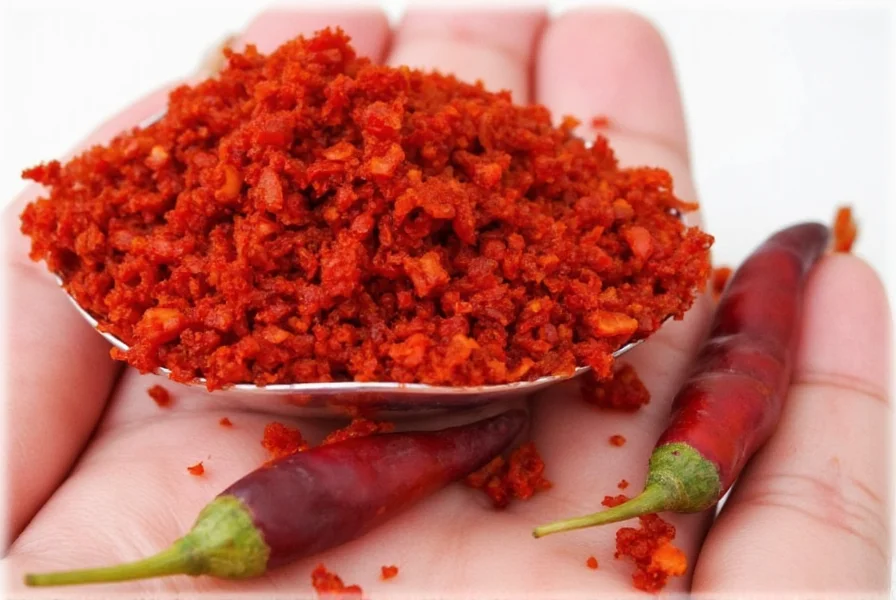
Not all Kashmiri red chili powders are created equal. Here’s what to look for when shopping for the real deal:
- Check the Origin: Authentic Kashmiri chili comes from Jammu & Kashmir region of India. Look for labels that mention “100% Kashmiri” or “Made in Kashmir.”
- Color: High-quality Kashmiri chili powder should be a deep, rich red — almost maroon. If it looks pale or dull, it might be mixed with inferior ingredients.
- Texture: The powder should feel smooth but not overly fine. Avoid products that seem excessively chalky or coarse.
- Smell: Good Kashmiri chili has a pleasant, slightly floral aroma. If it smells musty or stale, skip it.
- No Additives: Pure Kashmiri chili powder contains nothing but dried and ground chilies. Watch out for fillers like starch or food coloring.
- Brand Recommendations:
- Mazaar Brand: Known for its premium quality and rich pigment. Ideal for professional chefs and home cooks alike.
- Natraj Kashmiri Lal Mirch: Affordable and widely available, perfect for everyday cooking.
- Himalayan Organics: Organic and non-GMO certified. Great for health-conscious buyers.
Top 5 Recipes You Can Make with Kashmiri Chili
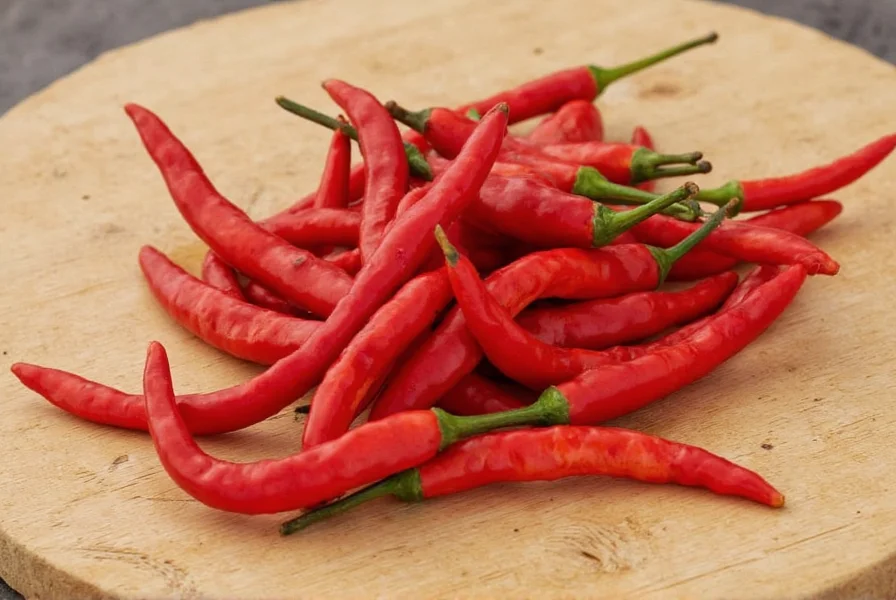
- Kashmiri Rogan Josh: A classic lamb curry with fragrant spices and a velvety tomato base, enhanced with Kashmiri red chili for its signature color.
- Tandoori Chicken: Marinate chicken in yogurt, ginger, garlic, and Kashmiri chili for a visually stunning and subtly spiced main course.
- Dal Tadka: Add a pinch of Kashmiri chili to your tempering oil for a warm undertone that complements the lentils perfectly.
- Biryani: Use it in the layering process to infuse basmati rice with a rich reddish hue and mild spice.
- Vegetable Pulao: A simple yet flavorful rice dish elevated with the use of Kashmiri chili in the sautéed aromatics.
Final Thoughts: Why You Should Keep This Spice in Your Pantry
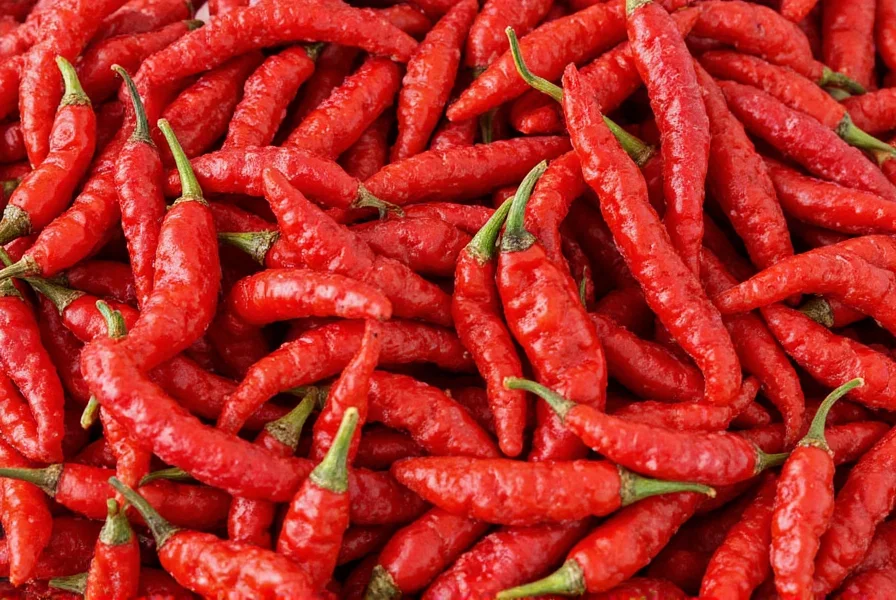
The Kashmiri red chili is more than just a spice — it’s a culinary storyteller. From its origins in the Himalayas to its role in countless regional dishes, it bridges flavor, beauty, and tradition in every sprinkle. Whether you're cooking for a crowd or just yourself, having a jar of Kashmiri chili powder in your pantry opens up a world of flavor possibilities.
So go ahead — embrace the gentle fire, fall in love with the color, and let Kashmiri red chili take your cooking from ordinary to extraordinary.

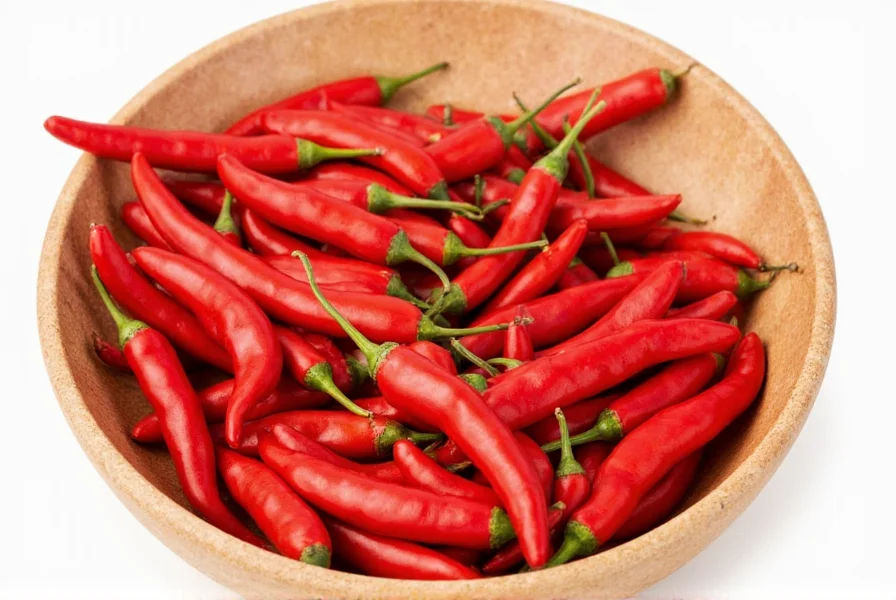









 浙公网安备
33010002000092号
浙公网安备
33010002000092号 浙B2-20120091-4
浙B2-20120091-4